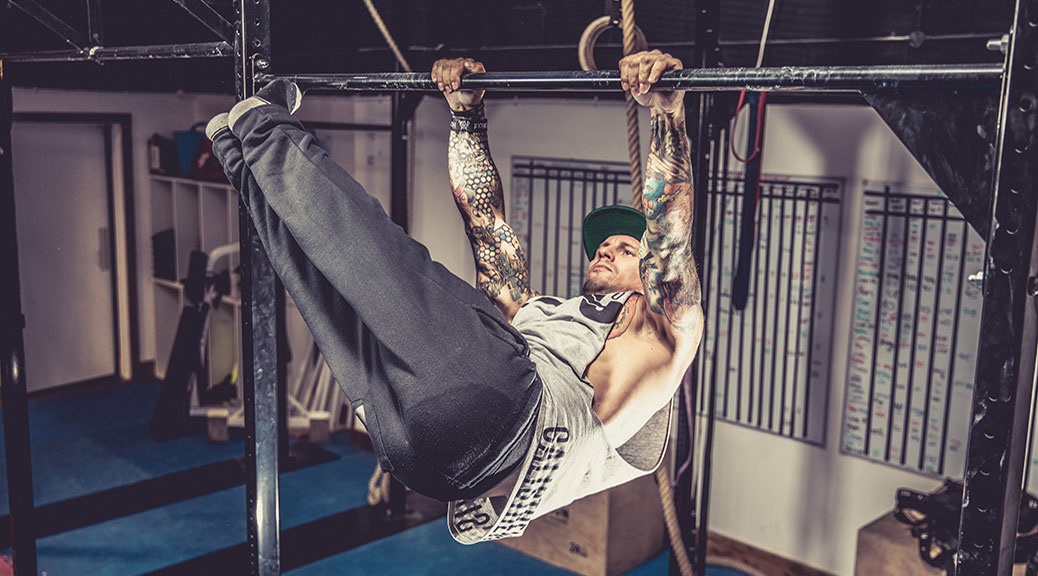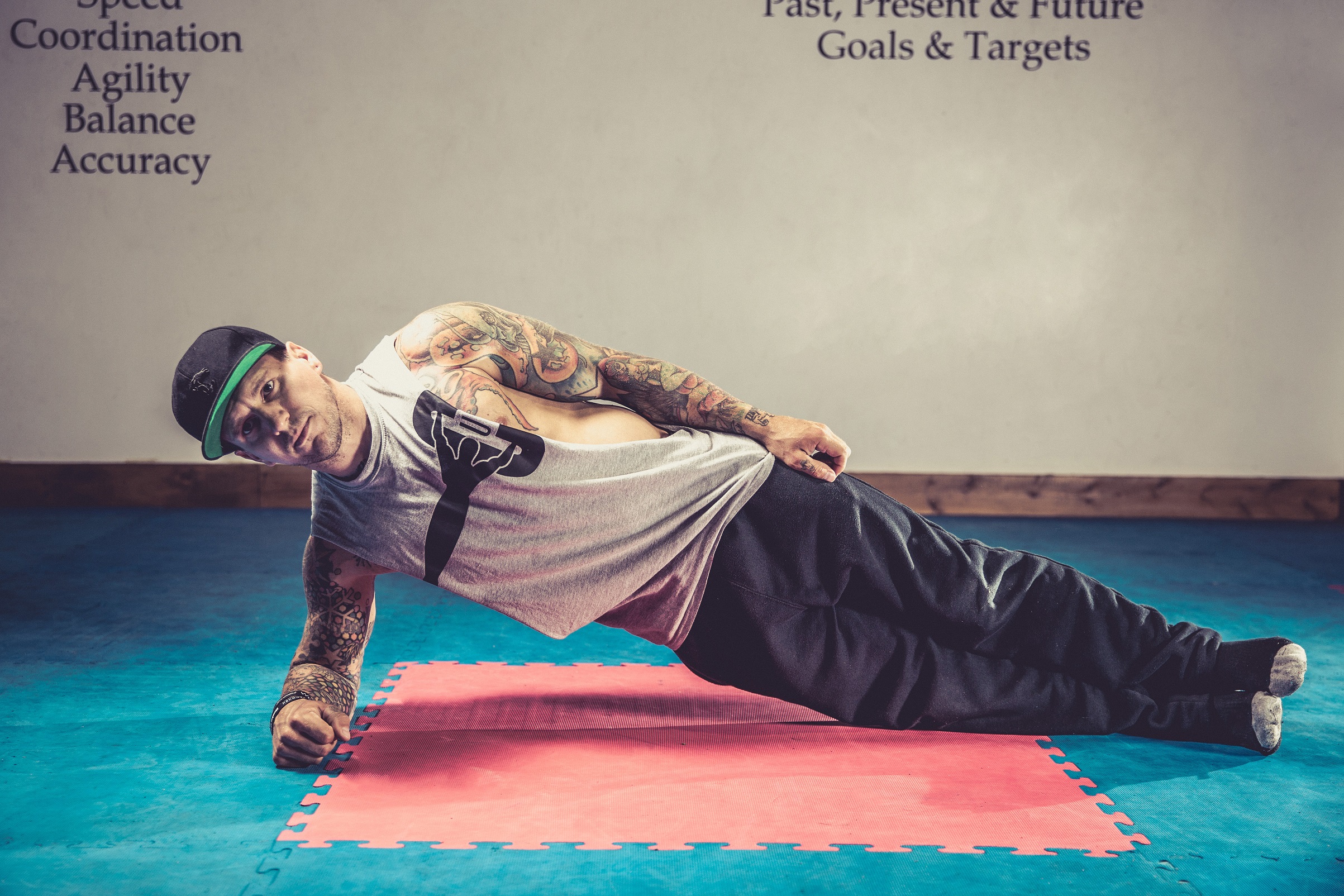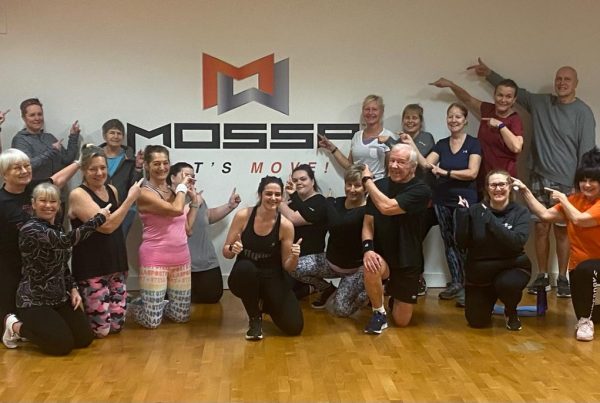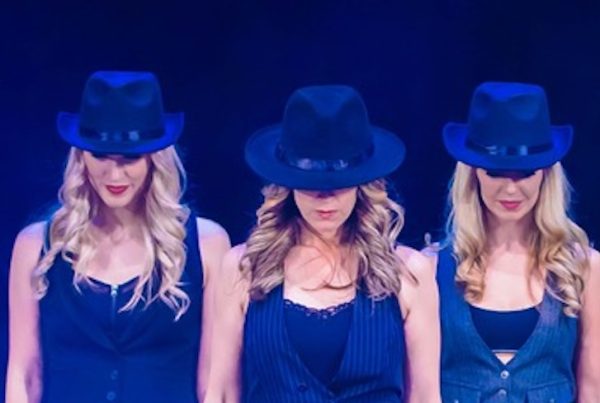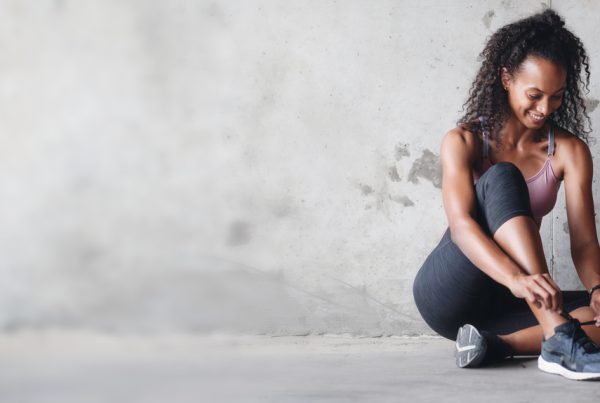Calisthenics coach Stephen Hughes Landers tells FitPro why he thinks bodyweight training has become a top trend and why the idiom ‘practice makes perfect’ is rubbish.
Olivia Hubbard: What seems to surprise clients most of all?
Stephen Hughes Landers: There are two things that really surprise clients. One is just how difficult it is to lift that much bodyweight. You see some of the guys who come and the women as well and they say “I can only do two pull-ups” but you’re lifting your entire bodyweight – that’s a lot of weight. The second surprise is how fast you progress. If you keep going at it, your progression is unbelievable. If you look at any child running or climbing on things, they don’t think about what muscle groups they need to use, nor are they thinking “I need to work on this more” – they just move as one. We used to move as one and, through our times at school, as teenagers, at work, we get lazy and we break down these little paths that hold us together. So, in your progression in bodyweight (although it does start as very difficult), you progress so quickly because it’s naturally how we’re meant to move our bodies.
OH: Is there a particular age group with which it is most popular?
SHL: I have a couple, where the wife is 57 and the husband is 63. He is my oldest client. He needs to work more on his mobility. So his sessions are completely different to his wife’s, who is fantastic at yoga but needs to build up the strength. You need the strength, mobility and balance. You need that ‘tri factor’. I think bodyweight training is most popular with 15 to 25 year olds, due to the social media popularity. There are 48 million active users a day on Instagram alone and it’s the big ‘in trend’. It’s become fashionable. Bodyweight training was reported to be the biggest trend last year by the ACSM.
OH: What injury is most common?
SHL: (Looks down at hands) Yeah, as you’ve just asked that, I’m picking the skin off my hands. So, yeah, calluses. If you don’t chalk your hands up, they tear. If you chalk them up too much and you grip too hard, they tear. So that is going to affect anything physical that we do.
OH: A PT might think, “How long is it going to take my client to learn some of these movements?” How long would it take to perform the human flag, for example?
SHL: With every progression, I used to live by the rule that time and effort equals progression. It’s only really since I started working on this three years ago that I realised that isn’t actually true. It’s just effort. I’m pretty sure everyone knows someone who has been doing something for 10 years and isn’t that great at it, because they haven’t put the effort in. With the human flag, it can take some clients three weeks or it could take some clients a year or two. The main thing is, as long as you’re learning correctly and safely, that’s your final goal to get the human flag. A lot of people rush in and end up doing things in bad form. I say this a million times a day to everyone but everyone thinks practice makes perfect and it’s a load of rubbish. Perfect practice makes perfect. Repeat it wrong and you’re never going to get it and get that correct form. With static holds especially, it’s all about that form.
OH: Can you share with us a client story?
SHL: There’s a guy, Chris, and I’ve known him since we were kids He was a bit of a handful – a problem child; I don’t think he’ll mind me saying that! He had it tough and he’s now a very successful businessman. He came to me a couple of years ago and said, “Look, I need to change my life.” He’s got a beautiful daughter who is very active and he was overweight. He had not trained since we played basketball 20 years ago.
He switched his diet to the same as mine (plant based). I was doing all his meal prep for him and we trained three to four times a week. In six weeks, he had lost 14kg. In the first session we had, in 45 minutes he had done five awful push-ups using one arm at a time and, after that six weeks, he was doing 15 with his daughter on his back. It completely changed his life. He then disappeared with his family, did some travelling, ate a lot, got out of shape and he’s decided he needs to get back into it. I know that he can do it and he can put that work in and so does he. It’s just empowering to see someone completely change their life and want to do so.
OH: Why did you come back to FitPro LIVE?
SHL: It’s so great to meet new people. Even just looking around the practical room at all the equipment – it really fascinates me. The old health and fitness view that a lot of people have had for many years is that you need to be big and muscular but that’s not health and fitness. Fitness is a lot bigger than that and just seeing how people are adapting and using this equipment, controlling big groups and getting them involved – that to me is what it’s all about. FitPro is all about the education. It’s not an expo full of protein tubs, big gym equipment and bodybuilders in little pants oiled up. Just being in an area where it’s all about people educating themselves is fantastic, because every day is a school day. Every day I learn something new. I try to teach something new every day and I feel that what everyone at this convention is trying to do is to learn more. It’s not about getting that basic PT Level 2 and just trying to maximise profit. Delegates are here to learn as much as they can to help their clients.
OH: What’s the future of the bodyweight trend?
SHL: We’re working very hard globally – everyone in the calisthenics scene is – in order to keep progressing. I know the World Street Workout and Calisthenics Federation applied for the Olympics a couple of years ago; I personally feel it would be better suited to something like the X Games though. When I was growing up, we had BMX and skateboarding as a hobby. Now, these kids are driving round in these massive tour buses and have become little rock stars and I can see the street workout scene is massive. The thing is that anyone can do it. You don’t need to have a lot of finance behind you; you just need a pull-up bar and your imagination.


